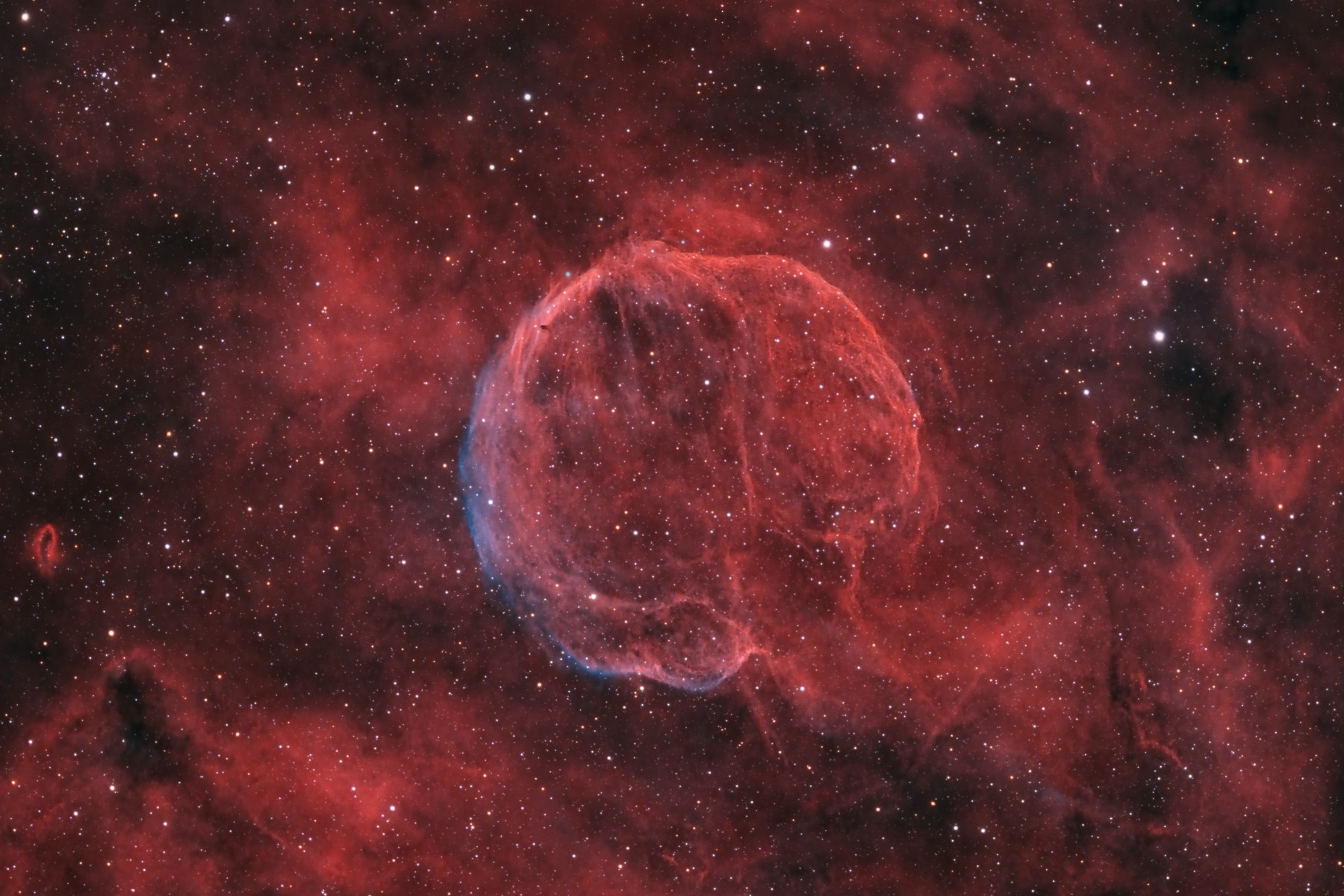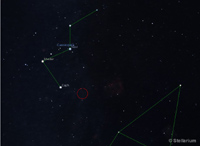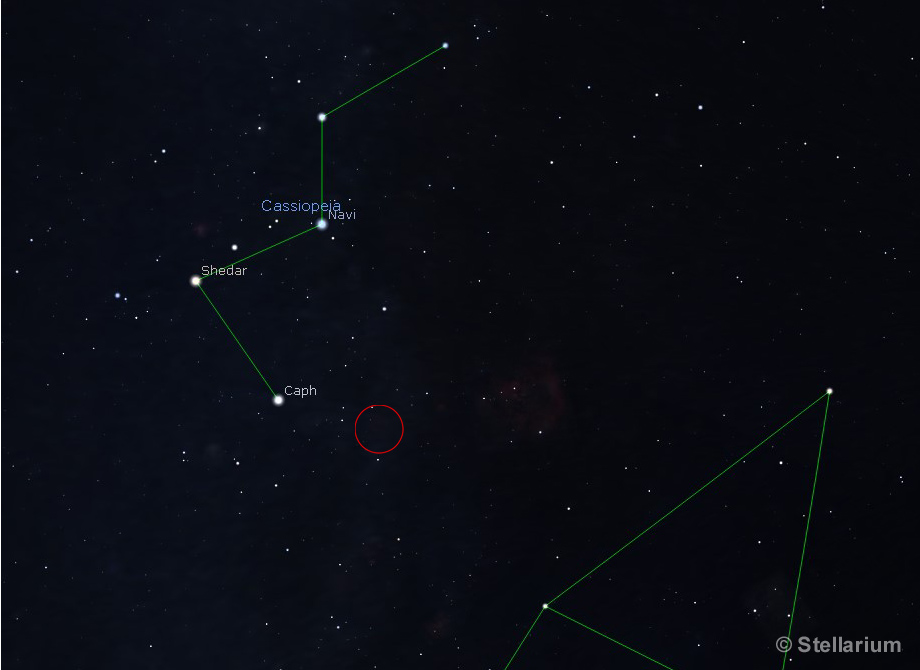Information...
LBN576 (aka Abell-85, & CTB-1), is a very faint large supernova remnant in Cassiopeia, an emission nebula approx ½ ° across and 9,780 light-years from Earth. The bubble is still expanding at a rate in excess of 1000 km/s.
This stunning image is a collaboration between LAS member James Clark and two astro-imaging friends, who combined approx 142 ½ hours worth of data using six telescopes and a variety of narrowband & RGB colour images.
For more information and higher-resolution image, see the Astrobin page.
LBN576 was originally included in George Abell's 1955 catalogue of planetary nebula (revised in 1966) as 'Abell 85'. It was also included in the Caltech observatory list 'B' catalogue of 110 radio sources from a radio survey in 1960 (ref CTB-1), but it wasn't until 1971 that the object was confirmed as a supernova remnant with the optical emissions being associated with it a couple of years later by Sidney van den Bergh.
The LBN576 catalogue ref is from Beverley Lynd's 1965 catalogue of 'bright' nebulae, where it's incorrectly listed as a HII region.







